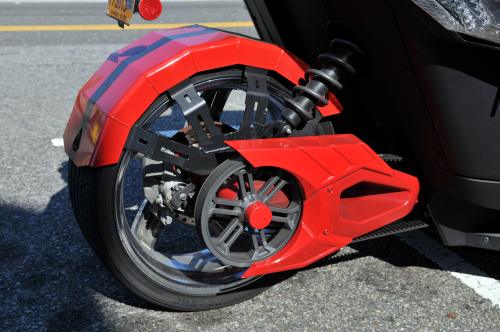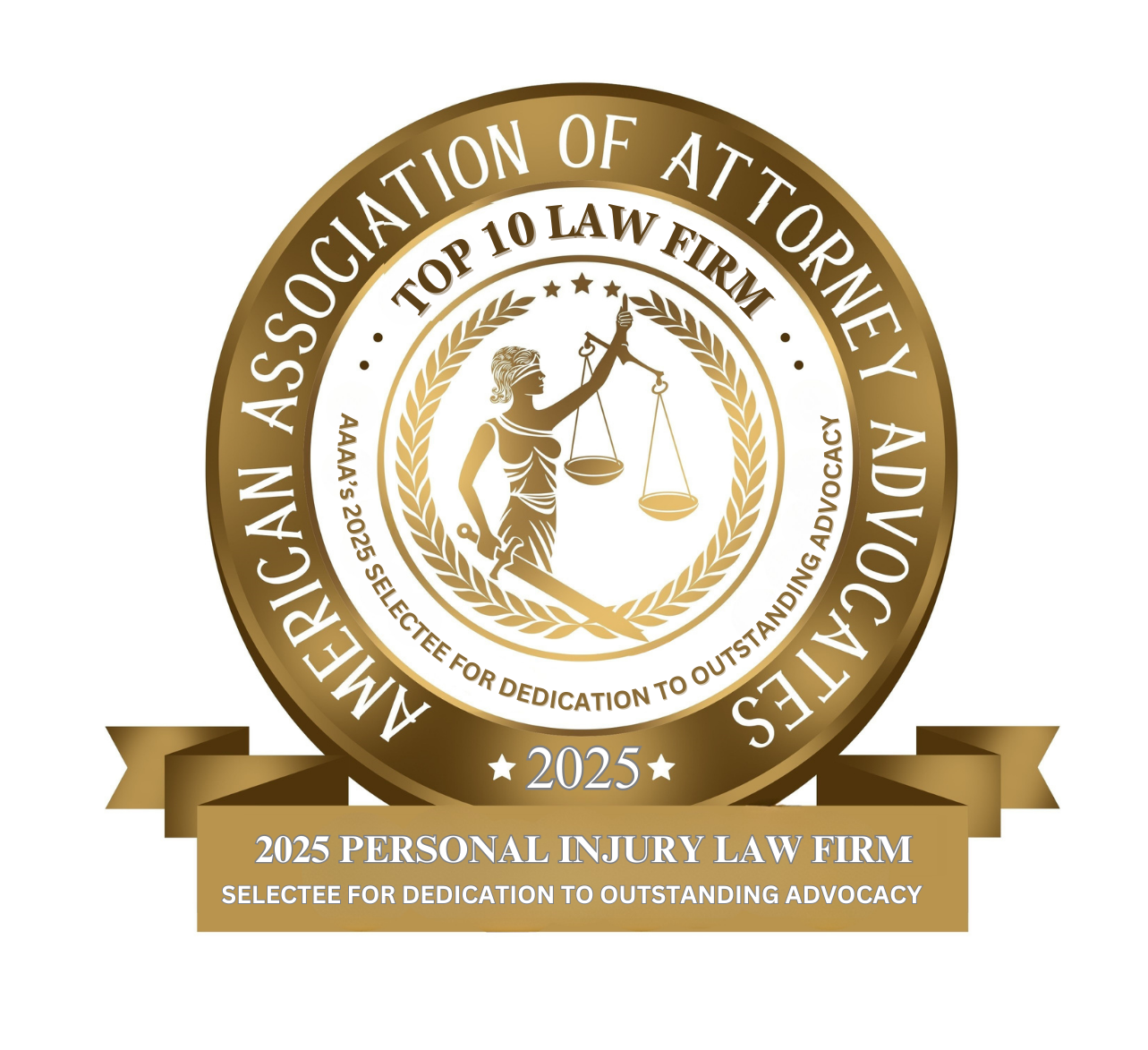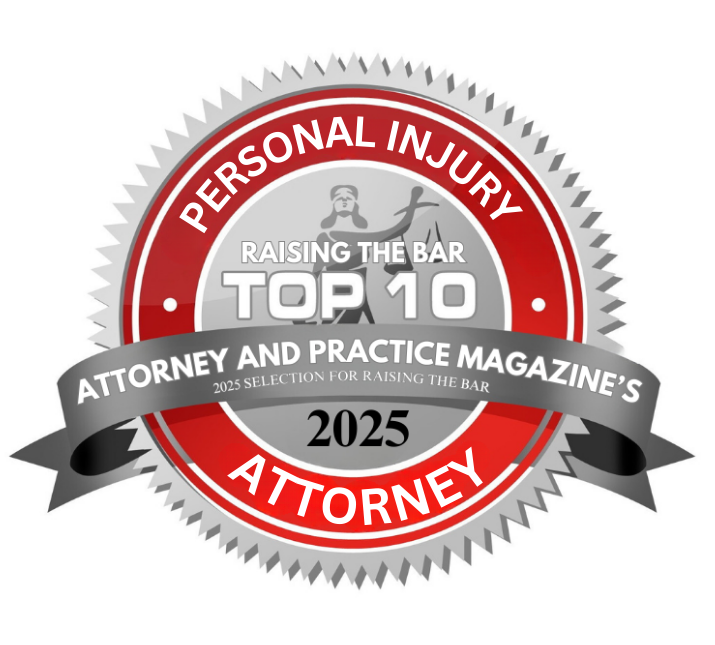- Free Consultation: (630) 527-4177 Tap Here to Call Us
How Accidents in Slingshot Vehicles Can Cause Serious Injuries

Slingshot-style vehicles, most commonly the Polaris Slingshot, occupy a gray area between cars and motorcycles. They look like sporty convertibles with two front wheels and a single rear wheel, seat two occupants side-by-side, and are often licensed and regulated as three-wheeled motorcycles rather than passenger cars. That design and regulatory status produce a combination of performance appeal and safety risk: drivers get an open-air experience with a low center of gravity, but occupants have far less physical protection than in a passenger car. As a result, car accidents involving Slingshot and other three-wheeled vehicles frequently lead to serious injuries and, in some cases, death.
“Slingshot crashes frequently leave survivors facing life-changing injuries, not just hospital bills, but years of rehabilitation and lost wages. If you or a family member was hurt in one of these collisions, get your medical needs stabilized first, then preserve evidence and speak with an attorney who understands both product-defect and injury claims. The right legal team can make sure you’re not left paying for someone else’s mistake.” — John J. Malm, Naperville injury lawyer
Why Slingshot Crashes Often Produce More Serious Injuries
There are several interacting reasons Slingshot crashes tend to be more injurious than typical car crashes:
- Open cockpit/minimal crush structure. Slingshots have little to no enclosed cabin structure and no crumple zones like modern cars. In a crash, occupants are more likely to be struck directly, partially ejected, or trapped under debris. This increases the chance of blunt-force trauma, fractures, and internal injuries.
- Classification as motorcycles. Because many Slingshot models are regulated as three-wheeled motorcycles, occupants are not always required to have the same passive safety features (airbags, full-width seatbelt pretensioners, roof structures) that cars provide. The motorcycle classification also influences helmet laws and enforcement in some jurisdictions.
- Higher center of yaw sensitivity and rollover risk in certain maneuvers. The three-wheel layout behaves differently from four-wheel cars, especially during sudden lane changes, evasive steering, or when a tire loses traction. These dynamics can lead to slides, rollovers, or abrupt loss of control that throw occupants against the vehicle or to the roadway.
- Recreational use and speed. Slingshots are often used for spirited driving on scenic roads and in urban nightlife settings where higher speeds, sharp turns, or alcohol use increase crash risk. Reports of single-vehicle, speed-related Slingshot crashes with severe outcomes appear in local news stories nationwide.
What the Data Shows about Motorcycles and Three-Wheelers
There is abundant national data showing motorcycles (broadly defined) suffer much higher fatality and injury rates than passenger cars. While three-wheeled models like the Slingshot are a small subset of that group and are not always separated out cleanly in large datasets, the motorcycle statistics are instructive:
- In 2023, the National Highway Traffic Safety Administration (NHTSA) reported 6,335 motorcyclist fatalities and tens of thousands more injuries nationwide; the motorcyclist fatality rate per 100 million vehicle miles traveled (VMT) was 31.39, compared with 1.13 for passenger cars, meaning motorcyclists experience far higher fatality rates per mile.
- The motorcyclist injury rate in the same period was nearly 5 times the injury rate of passenger car occupants. That higher baseline risk for motorcycle-type vehicles helps explain why crashes involving three-wheeled, open-cockpit Slingshot vehicles often produce serious injuries.
Because Slingshot vehicles are included under broad “motorcycle/three-wheeled” classifications for many regulatory and statistical reports, the NHTSA and other safety analyses are the best available proxies for the risk these vehicles present on U.S. roads. Specific investigative reports and recalls focused directly on Slingshot vehicles also show patterns of mechanical or design issues that have contributed to crashes and injuries.
Manufacturer Recalls and Safety Investigations
Polaris, the Slingshot’s manufacturer, has issued several recalls and software updates for Slingshot models spanning model years 2020–2023 addressing issues that can increase crash risk or reduce occupant protection:
- In 2023, Polaris issued a recall concerning rear-camera image freezes after shifting out of reverse, which could reduce rear visibility and raise crash risk. The campaign covered tens of thousands of vehicles.
- Prior recalls have addressed wheel stud/axle assembly problems that could lead to a rear wheel loosening or detaching, a defect that directly increases the risk of a high-speed crash.
These recalls and the NHTSA’s investigations underscore that both vehicle dynamics and component reliability matter and defects in either area can make an already vulnerable vehicle substantially more dangerous.
Common Injuries Seen in Slingshot Crashes
When a Slingshot is involved in a collision, emergency departments and trauma centers commonly see the following injuries:

- Head and facial trauma: including traumatic brain injury (TBI) when occupants are not helmeted or are partially ejected.
- Severe fractures: long bones (femur, tibia), pelvis fractures, and complex wrist/arm fractures from bracing or direct impact.
- Chest and abdominal injuries: rib fractures, pulmonary contusions, internal organ lacerations that can cause internal bleeding.
- Spinal injuries: including compression fractures and, in the worst cases, spinal cord injury with paralysis.
- Soft-tissue and burn injuries: abrasions, degloving injuries, and road-rash that can become chronically disabling or infected.
Because Slingshots lack airbags and many structural protections, forces that would be partially absorbed in a car instead transfer directly to the occupant. That absence of crash energy management is a key reason even moderate collisions can produce high-severity injuries.
Typical Crash Scenarios that Cause the Worst Injuries
- High-speed single-vehicle run-off or rollover. A Slingshot striking a roadside barrier or rolling over often leads to the most catastrophic injuries because there is little crush protection.
- Lane-change conflicts with passenger vehicles. Because passenger vehicle drivers may not anticipate the handling differences of a three-wheeler, unsafe lane changes or side impacts can produce severe crush and ejection outcomes for Slingshot occupants.
- Defect-related failures at speed. Tire, wheel stud, or suspension failures that occur on heavily loaded, high-speed Slingshots can instantly convert a controllable hazard into an injurious crash. Recall histories show these are not purely theoretical risks.
Legal and Insurance Considerations After a Slingshot Accident
- Liability complexity: Because Slingshots are sometimes treated as motorcycles, liability questions (helmet laws, safety equipment expectations, and contributory fault) can become complicated in court or during settlement negotiations.
- Product defect claims: When recalls, NHTSA investigations, or supplier assembly reports show a vehicle component failed, victims may have claims not only against the tortfeasor but also against the manufacturer and suppliers.
- Potential for larger medical and long-term care damages: Severe injuries, such as spinal cord injuries, TBI, multiple fractures, commonly produce long-term disability. Victims should document all medical care and seek experienced counsel to ensure future care needs are considered.
What To Do If You Are Injured in an Accident with a Slingshot Vehicle
Crashes involving Slingshot vehicles can produce disproportionately severe injuries because the vehicles combine motorcycle-level exposure with car-like handling expectations. If you or a loved one was injured:
- Seek prompt medical attention and follow medical advice, as some injuries (internal bleeding, head injury) can worsen quickly.
- Report the crash to police and obtain a copy of the crash report.
- Preserve physical evidence (photos of vehicle damage, scene, and injuries) and the vehicle itself if possible.
- Follow up on any manufacturer recall notices and document whether your vehicle had open recalls.
- Consult an experienced Illinois car accident attorney who knows how to investigate vehicle defects, obtain vehicle records, and build a case for present and future damages. Product defects and classification issues complicate these claims but also create additional avenues to secure full compensation.
Preventive steps for Slingshot Owners and Passengers
- Always follow manufacturer recall notices and complete dealer repairs or software updates promptly.
- Use appropriate personal protective equipment where local law or safety best practice recommends helmets and protective clothing.
- Avoid high-risk behaviors: speed, aggressive lane changes, night driving under the influence, and carrying unsecured loads.
- If you buy a Slingshot, maintain wheel assemblies, tires, and suspension components according to manufacturer guidance and have a trusted mechanic inspect the vehicle regularly.
Frequently Asked Questions about Slingshot Accidents
Q: Are Slingshots classified as motorcycles or cars?
A: Many Slingshot models are regulated as three-wheeled motorcycles in the U.S., though classification can vary by state. That classification affects licensing, helmet requirements, and applicable safety standards.
Q: Do Slingshots have airbags?
A: Most Slingshot models do not have airbags. They rely primarily on seat belts and the driver’s/passenger’s restraint systems; this reduced passive protection is a factor in more severe injury outcomes.
Q: If I’m injured in a Slingshot crash, can I sue the manufacturer?
A: Possibly. If the crash was caused or made worse by a defect (e.g., wheel stud failure, component malfunction, defective software), victims may have product liability claims in addition to third-party negligence claims.
Q: How common are fatal crashes involving three-wheelers like the Slingshot?
A: While Slingshots are a small share of the broader motorcycle category, motorcycle data show substantially higher fatality and injury rates per mile than passenger cars.
Contact the 5-Star Rated Illinois Three-Wheeler Accident Lawyers at John J. Malm & Associates
At John J. Malm & Associates, our experienced Illinois motorcycle accident attorneys understand how devastating Slingshot and other three-wheeled vehicle crashes can be. Victims often face extensive medical treatment, long-term rehabilitation, and financial stress from lost income and mounting expenses. Our legal team has successfully represented individuals seriously injured in complex vehicle and product liability cases, and we know how to investigate these unique crashes to uncover every source of compensation available.
If you or someone you love has been hurt in a Slingshot accident, don’t face the insurance companies or manufacturers alone. Contact John J. Malm & Associates today for a free consultation. We will review your case, protect your rights, and fight to recover the full compensation you deserve. Call us to speak directly with an experienced injury attorney who will stand by your side every step of the way.















